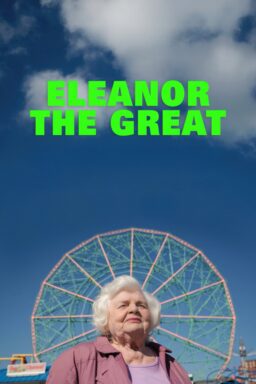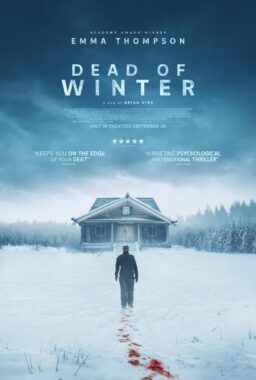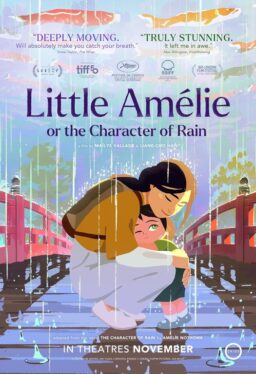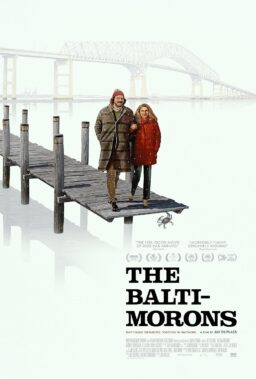The images in movies are countless, but only a handful have become part of our collective memory. Gene Kelly created one of them by singing in the rain. Delirious with love, he splashed through puddles and twirled his umbrella, he hung from a lamppost and flung open his arms, and sang: “What a glorious feelin’! I’m happy again!”
His soaking-wet production number was the high point of “Singin' in the Rain” (1952), widely considered the best musical of all time. And his athletic exuberance also graced many of Hollywood’s other musical masterpieces, including “An American in Paris,” winner of the Oscar as the best film of 1951; “On the Town” (1949), “The Pirate” (1948) and “Brigadoon” (1954).
Kelly, who died in his sleep early Friday at the age of 83, was on the other side of the coin from Fred Astaire. Together, they created a kind of choreography that was intended specifically for the camera, not for the stage; they liberated movie musicals from the appearance of being photographed theatrical productions. Astaire was more ethereal and light-footed, and (most would agree) the better dancer. Kelly was more physical, a regular guy. If we cannot picture him in an art-deco flirtation with Ginger Rogers, by the same token we can’t imagine Astaire leaping from the rigging of a pirate ship – or singin’ in the rain.
Astaire created modern movie dancing. Kelly brought it to the Technicolor screens of MGM during that studio’s so-called Golden Age of Musicals, which began after the war and ended, some would say, 10 years later with “It’s Always Fair Weather” (1955), the final collaboration between Kelly and his favorite director, Stanley Donen. The two men shared the directing credit on most of their films, and it was Kelly who was responsible for the ambitious, extended, free-form dance numbers that ended “An American in Paris” and “Singin’ in the Rain.”
Gene Kelly continued to dance for many years and in 1967 made a guest appearance in Jacques Demy’s “Young Girls of Rochefort,” with its all-singing dialogue. But after the glory years at MGM, he found most of his employment as a dramatic actor (in movies like “Inherit the Wind” and “40 Carats“) and behind the camera, as the director of such films as “Gigot” (1962), starring Jackie Gleason; “A Guide for the Married Man” (1967), and 1969’s Barbra Streisand hit “Hello, Dolly!” – for which he built such a magnificent “New York” set at the entrance to the 20th Century-Fox lot that the studio left it standing for 20 years.
It was inevitable that Kelly and Astaire would be compared, and Kelly didn’t much like it. I interviewed him on the set of “Xanadu” (1980), an unsuccessful musical he starred in with Olivia Newton-John, and the publicist warned me that questions about Astaire were off-limits: “He’s just tired of the whole subject.” The simple fact was that Kelly was better at dancing on the screen than anyone else in the whole world – except for one man.
“As a dancer,” wrote David Thomson in his Biographical Dictionary of Film, “he is not the equal of Astaire. Kelly is balletic, romantic and sometimes mannered, a dancer who thinks and feels, whereas Astaire is a man who dances before he thinks.”
“People would compare us, but we didn’t dance alike at all!” Kelly said in a 1994 interview, quoted in the Associated Press obituary. “Fred danced in tails – everybody wore them before I came out here – but I took off my coat, rolled up my sleeves and danced in sweat shirts and jeans and khakis.”
It was the natural quality that was so attractive in a Kelly musical. While most of Astaire’s films existed only as a framework for his great dance numbers, a Kelly musical was more likely to pretend to be a “real” story in which the characters spontaneously burst into song and dance, almost to their own surprise.
Kelly and Astaire never really went headto-head in a no-holds-barred dance number. They danced together twice on the screen, both times casually, in “Ziegfeld Follies” (1946) and “That’s Entertainment Part II” (1976), where they were both narrators and did a few offhand steps together.
By then, screen musicals were dying and screen dancing was essentially dead. In 1983, when the “Saturday Night Fever” sequel “Staying Alive” was released, another old hoofer, Ginger Rogers, was told that in one big dance number you couldn’t see the dancer’s feet because of smoke effects. “The young people today,” she harrumphed, “think you can dance with your face.” Gene Kelly never made that mistake.











